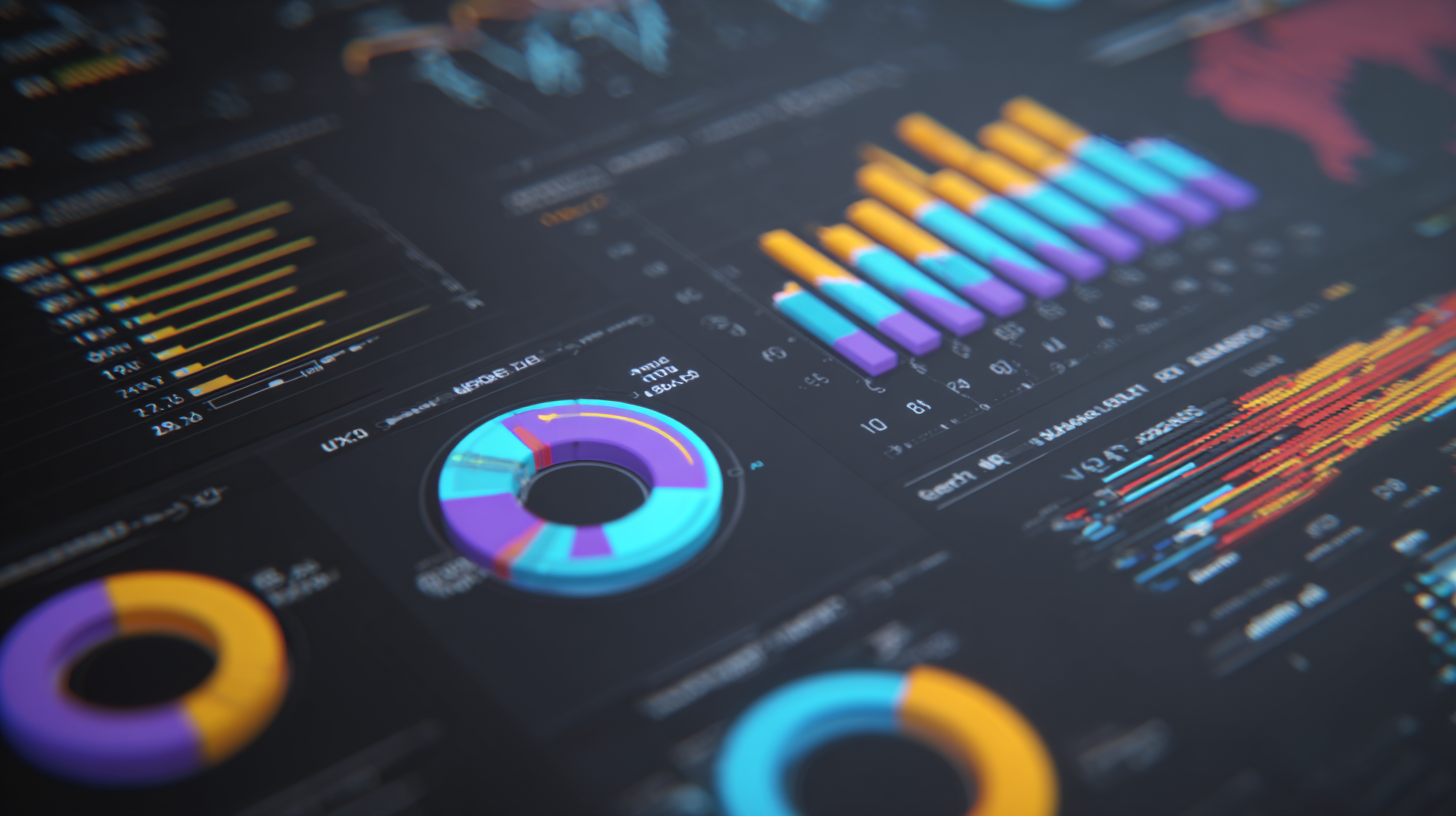
In today's data-driven landscape, organizations are increasingly seeking innovative ways to harness the power of information for making insightful decisions. One such advancement is the use of visual flow indicators, which allow businesses to transform complex data into intuitive visualizations that highlight trends and patterns effectively. According to a report by Gartner, organizations that utilize advanced data visualization techniques are 5 times more likely to make faster decisions than their competitors. Moreover, a study by Deloitte indicates that visual data analytics can improve engagement and understanding among team members, with users being 70% more likely to retain information presented visually. By integrating visual flow indicators into their decision-making processes, companies can not only enhance their analytical capabilities but also foster a culture of data-driven insights, ultimately leading to more informed and strategic business outcomes.

 Visual flow indicators have emerged as critical tools in data interpretation, providing a dynamic way to transform complex datasets into actionable insights. These indicators, such as heatmaps, trend lines, and flow diagrams, help users quickly grasp patterns, correlations, and outliers within the data. By representing information visually, they bridge the gap between raw numbers and comprehensible narratives, making it easier for decision-makers to identify key trends and make informed choices.
Visual flow indicators have emerged as critical tools in data interpretation, providing a dynamic way to transform complex datasets into actionable insights. These indicators, such as heatmaps, trend lines, and flow diagrams, help users quickly grasp patterns, correlations, and outliers within the data. By representing information visually, they bridge the gap between raw numbers and comprehensible narratives, making it easier for decision-makers to identify key trends and make informed choices.
Tips for Effective Use of Visual Flow Indicators:
Visual flow indicators play a pivotal role in data-driven decision-making by translating complex information into easily digestible visual representations. These indicators allow businesses to identify trends, patterns, and anomalies within their data, which is especially critical in fast-paced environments like healthcare and manufacturing. For instance, recent advancements in machine learning have demonstrated promising applications in point-of-care testing, enhancing diagnostic accuracy and speed. According to studies, organizations that integrate AI-driven frameworks see up to a 30% improvement in diagnostic efficiency, illustrating the tangible impact of visual data interpretation.
Moreover, the importance of harnessing visual flow indicators is underscored in sectors ranging from environmental monitoring to pharmaceutical development. A research initiative on real-time air quality assessment leverages data-driven models to predict health risks, showcasing how visual tools can aid policymakers in making informed decisions that directly impact public health. Similarly, in the pharmaceutical industry, companies utilizing AI technologies report significant improvements in their drug development processes, with efficiency boosts cited in various stages of the lifecycle. By effectively implementing visual flow indicators, organizations can unlock the potential within their data, fostering a culture of informed decision-making that propels innovation forward.
This bar chart illustrates the monthly sales data over the course of a year. It highlights trends and allows for insightful analysis of performance, enabling data-driven decision making in business strategies.
In today's data-driven world, visual flow indicators play a crucial role in converting complex datasets into clear and actionable insights. To harness their full potential, organizations must implement effective strategies in their data analysis processes.
One key tip for effective implementation is to identify the right visual flow indicators that align with the specific data being analyzed. Different types of data may require varying visual representations to convey the intended message accurately. For example, using flow diagrams for process-oriented data can help stakeholders quickly grasp workflows, while line charts might be more suitable for trend analysis. Selecting intuitive and relevant visuals will enhance comprehension and facilitate decision-making.
Another important aspect is to maintain simplicity and clarity in visualizations. Overloading visuals with excessive information can overwhelm viewers and obscure key insights. It's essential to focus on the most pertinent data points and establish a clean layout that guides the audience's attention. Utilizing colors, shapes, and spacing effectively can further enhance the visual experience, making it not just informative but also engaging. By prioritizing clarity, analysts can ensure that their visual flow indicators serve as powerful tools for impactful decisions.
When leveraging visual flow indicators to drive insightful decisions, it's essential to navigate potential pitfalls that can hinder their effectiveness. A study by Gartner highlights that organizations using data visualization tools see a 28% improvement in decision-making speed. However, if these indicators are overly complicated, they may confuse rather than clarify. Misleading scales or color choices can distort the audience's understanding, leading to incorrect interpretations.

Tip: When designing visual flow indicators, prioritize simplicity. Limit the number of elements in your visualizations and choose colors that enhance readability instead of complicating it.
Another common issue is the reliance on static data. According to McKinsey, companies that integrate real-time data processing into their visualizations can double their effectiveness in making data-driven decisions. Failing to update visuals in line with the latest data can result in outdated insights that misinform strategies.
Tip: Implement a system for regularly updating your flow indicators to reflect current data, ensuring stakeholders are working with the most accurate information available.
In today’s fast-paced work environment, effective communication and collaboration are paramount. Visual flow tools have emerged as essential components in project management, enabling teams to visualize workflows and streamline processes. These tools transform complex data into intuitive graphics, allowing team members to quickly grasp project statuses, dependencies, and potential bottlenecks. By presenting information visually, stakeholders can make informed decisions with greater confidence, fostering a culture of transparency and accountability within the organization.
Moreover, the integration of visual flow indicators in project management facilitates better collaboration among team members. When everyone has access to the same visual representations of workflows, it minimizes misunderstandings and ensures alignment on project goals. Team members can engage in discussions that are focused on actual data rather than conflicting interpretations, thereby enhancing both productivity and morale. As organizations increasingly recognize the value of these tools, they are investing in platforms that not only optimize workflow but also encourage an environment of shared knowledge and collective decision-making.





